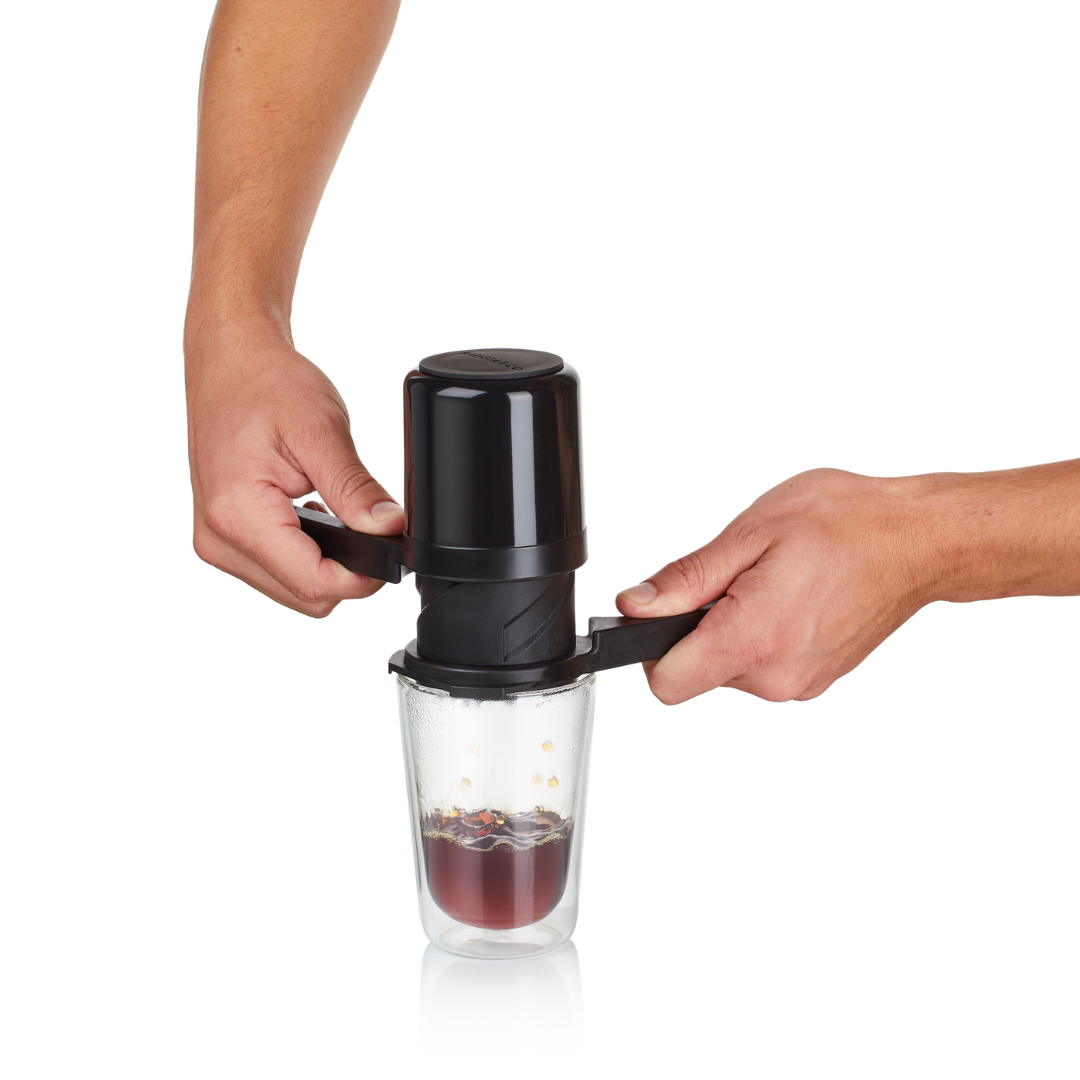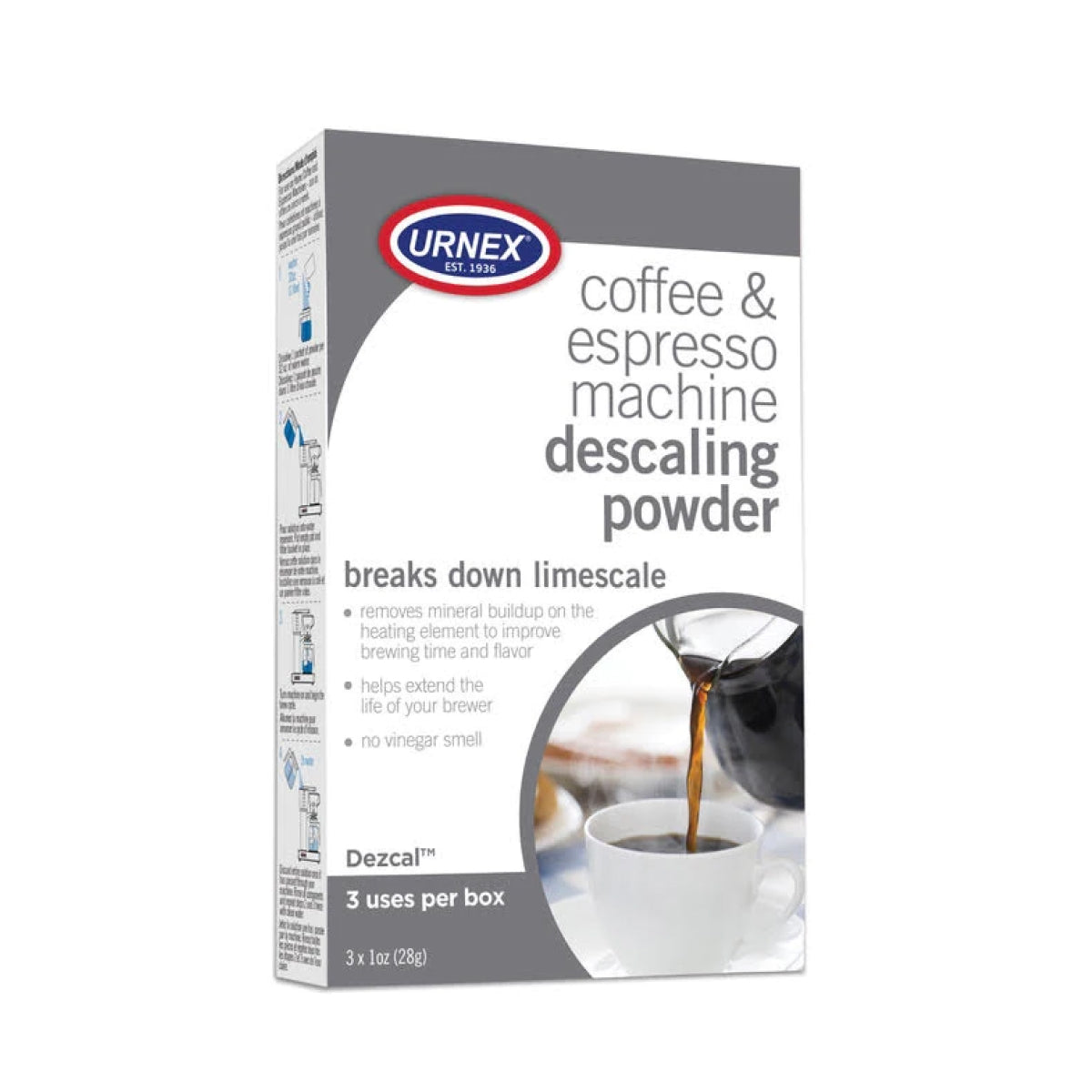Common coffee filter substitutes include paper towels and clean cloth napkins. Cheesecloth or a fine mesh sieve also work well.
Crafting the perfect cup of coffee at home often hinges on having the right supplies. Yet, even the most seasoned coffee aficionados can find themselves without a coffee filter. No need to let this hiccup prevent a robust brew! From pantry staples to everyday household items, there are several effective alternatives that can save the day.
Paper towels, carefully folded to fit the filter basket, are a quick fix. Cloth napkins, as long as they’re clean and free from strong detergents, can add a touch of eco-friendliness to your morning ritual. For those who prefer a reusable option, cheesecloth or a fine mesh sieve can strain grounds effectively, offering a smooth sip without the waste. Embrace these simple solutions and never miss a beat in your coffee routine.
The Essence Of Coffee Filtration
The perfect brew hinges on the right filtration process. Think of the coffee filter as the gatekeeper, ensuring that only the beautifully rich coffee flavors make it to your cup while the bitter grounds stay behind. This isn’t just about clarity in your cup; it’s about achieving the full potential of the coffee beans’ flavor profile.
Coffee filtration is the heart of a smooth, satisfying cup of coffee. Without it, you may find coffee that’s muddy or too bitter. Filters do an important job. They keep the grounds out and let the coffee’s true taste shine through.
Why Filters Matter In Coffee Making
It’s in the filter where magic happens. Here’s why:
- Flavor: Filters remove unwanted oils and micro-grounds.
- Clarity: They ensure your coffee is sediment-free. Clear coffee is good coffee.
- Consistency: With a filter, every cup is as good as the last.
Types Of Coffee Filters And Their Roles
Different filters play unique roles. Let’s explore:
| Type of Filter | Role |
|---|---|
| Paper Filters | Trap oils and tiny grounds for a lighter cup |
| Cloth Filters | Reusable with a balance of flavor and clarity |
| Metal Filters | Let more oils through for a fuller taste |
| Water Filters | Improve water quality for a better brew |

Common Household Items As Coffee Filter Alternatives
Suddenly out of coffee filters? No worries.
Everyday items in your home can double as your morning brew’s best friend.
Discover simple substitutes to continue enjoying your coffee.
Paper Towel Tricks: A Temporary Solution
Paper towels can save the day when you’re in a pinch.
Follow these steps:
- Fold the paper towel in half.
- Then fold it in half again forming a pocket.
- Place it into the coffee maker.
- Add your favorite ground coffee.
Remember, this is a one-time fix.
Cloth Napkins And Handkerchiefs: The Reusable Method
For an eco-friendly alternative, look no further than cloth napkins or handkerchiefs.
- Choose a clean, fine-weave cloth.
- Place it in your drip machine or over your mug.
- Secure with a rubber band if needed.
Clean after use and reuse time and time again.
Going Metal: Fine Mesh Strainers And Sieves
Let’s explore Going Metal: Fine Mesh Strainers and Sieves. They are not only robust but also reusable. You’ll find them perfect for your daily coffee ritual. Aimed to replace traditional paper filters, they offer a unique brewing experience.
The Perks Of Using Metal Filters
Here’s why you might want to pick a metal filter for your coffee:
- Eco-friendly: Say goodbye to single-use paper.
- Enhanced Flavors: Oils pass through, enriching taste.
- Durable: Long-lasting and cost-effective over time.
Handling The Sediment: Tips For A Clearer Cup
Getting a clear cup with metal filters is easy:
- Choose coarse grounds: Reduces fine particles.
- Pre-infuse coffee: Allows grounds to expand, trapping sediment.
- Use slow pour technique: Controls the filtration process.
- Let it settle: Wait a moment before pouring.
By following these simple steps, enjoy a cleaner cup every time. Metal filters turn every morning into a special coffee ceremony. Delight in the robust flavors only a metal filter can provide!

Adopting The Sock Brew: A Traditional Approach
Embracing the ‘Sock Brew’ stirs a sense of traditional coffee-making. This method promises rich flavors and an artisanal experience. Imagine sipping coffee steeped in history and craft. Let’s explore this ancient technique.
The Sock Method Explained
The ‘Sock Brew’ technique involves using a cloth filter. This method dates back centuries. Hot water pours over coffee grounds inside a fabric sock, brewing directly into a pot. It’s eco-friendly and simple. The brew relies on gravity, similar to using a drip coffee maker.
Choosing The Right Fabric For Your Coffee Sock
Selecting a fabric for a coffee sock needs care. The ideal material is unbleached cotton or muslin. These natural fabrics ensure a pure taste. Avoid synthetic materials, as they can taint your brew with unwanted flavors. To start:
- Check the fabric weave – It should be tight to hold fine coffee grounds.
- Opt for organic materials – They keep the coffee chemical-free.
- Ensure durability – A good coffee sock withstands frequent use and washes.
A coffee sock stands as a testament to sustainable practices. It serves up a full-bodied cup, steeped in tradition. Many cherish this ritual for its intimate touch to the coffee journey.
Cheesecloth: The Multipurpose Coffee Filtration Hack
Stuck without a coffee filter? No worries! Cheesecloth comes to the rescue. This woven gem not only adds magic to kitchens but also doubles as a coffee filter. Its fine mesh ensures a smooth, grounds-free cup of coffee.
Preparing The Cheesecloth For Coffee Brewing
Getting your cheesecloth ready is simple and quick. Follow these steps:
- Fold the cheesecloth to fit your coffee maker’s basket.
- Ensure it’s multi-layered to trap fine coffee grounds.
- Rinse with hot water to remove any loose fibers.
- Place it in the basket and add coffee grounds.
- Pour hot water and brew as usual.
Cleaning And Maintenance Of A Cheesecloth Filter
After brewing, cleaning your cheesecloth is key for reuse. Here’s how:
- Empty grounds immediately after use.
- Rinse the cloth under cold running water.
- If needed, use a mild detergent and gently hand wash.
- Boil the cheesecloth for a few minutes to sanitize.
- Air dry the cloth completely before next use.

The Art Of Improvisation In Coffee Brewing
Picture the start of a perfect day—a warm cup of coffee brewed just right. Yet, sometimes, we find ourselves without a coffee filter. It’s in these moments that the art of improvisation shines. Creative methods not only save the day but also bring out unique flavors in our favorite brews. Let’s explore alternative, sustainable ways to filter coffee that might just change your brewing game.
Balancing Flavor And Filtration With Alternate Methods
Finding the right balance between flavor and filtration is key. Consider these methods:
- Cheesecloth: For a rich taste, use a few layers to prevent grounds from slipping through.
- Fine Mesh Sieves: These catch finer grounds while letting oils through, resulting in a full-bodied flavor.
- Paper Towels: In a pinch, they can mimic filter paper, but control the brew time to avoid a papery taste.
Experiment with these to find what works for your taste buds. Each brings a unique twist to your morning ritual.
Eco-friendly Benefits Of Ditching Disposable Filters
Switching to alternatives can have a positive impact on our planet. Here’s why:
| Method | Eco Benefits |
|---|---|
| Cloth Filters | Reusable and biodegradable, reducing waste |
| Stainless Steel Filters | Long-lasting and fully recyclable |
These sustainable swaps not only enhance your coffee’s flavor but also are kind to our earth. Enjoy your brew and go green!
Frequently Asked Questions Of Coffee Filter Substitute
Can You Use Paper Towels As Coffee Filters?
Yes, paper towels can serve as a makeshift coffee filter. Ensure the paper towel is sturdy and doesn’t tear easily, and fold it to fit the coffee maker’s basket. However, note that some oils and flavors might be absorbed by the paper.
What Are Alternatives To Coffee Filters?
Alternative options include using a fine mesh sieve, a piece of cheesecloth, or a clean cotton sock as a filter. Each substitute can work well for straining coffee grounds, though they may vary in effectiveness at capturing fine particles.
How To Make Coffee Without A Filter?
Coffee can be brewed without a filter by using methods like the Cowboy Coffee technique, where grounds are directly added to hot water and then allowed to settle, or using a French press, which doesn’t require a filter.
Are Reusable Coffee Filters Any Good?
Reusable coffee filters, such as those made of metal or cloth, are excellent and eco-friendly alternatives to disposable ones. They require a higher initial investment but save money over time and typically offer robust flavors.
Conclusion
Exploring alternatives to traditional coffee filters needn’t be daunting. Whether it’s a paper towel, a fine mesh sieve, or a clean cloth, your perfect morning cup is still within reach. Remember, experimenting with these substitutes not only helps in a pinch but also broadens your coffee-making repertoire.
Cheers to resourcefulness that keeps the brew flowing!

